Monday (December 23, 2024) is a special day for many passengers on metro line 1 in Ho Chi Minh City, the first day many people go to school and work by train. Not only is it a change of means of transport but also the first day with a new habit.
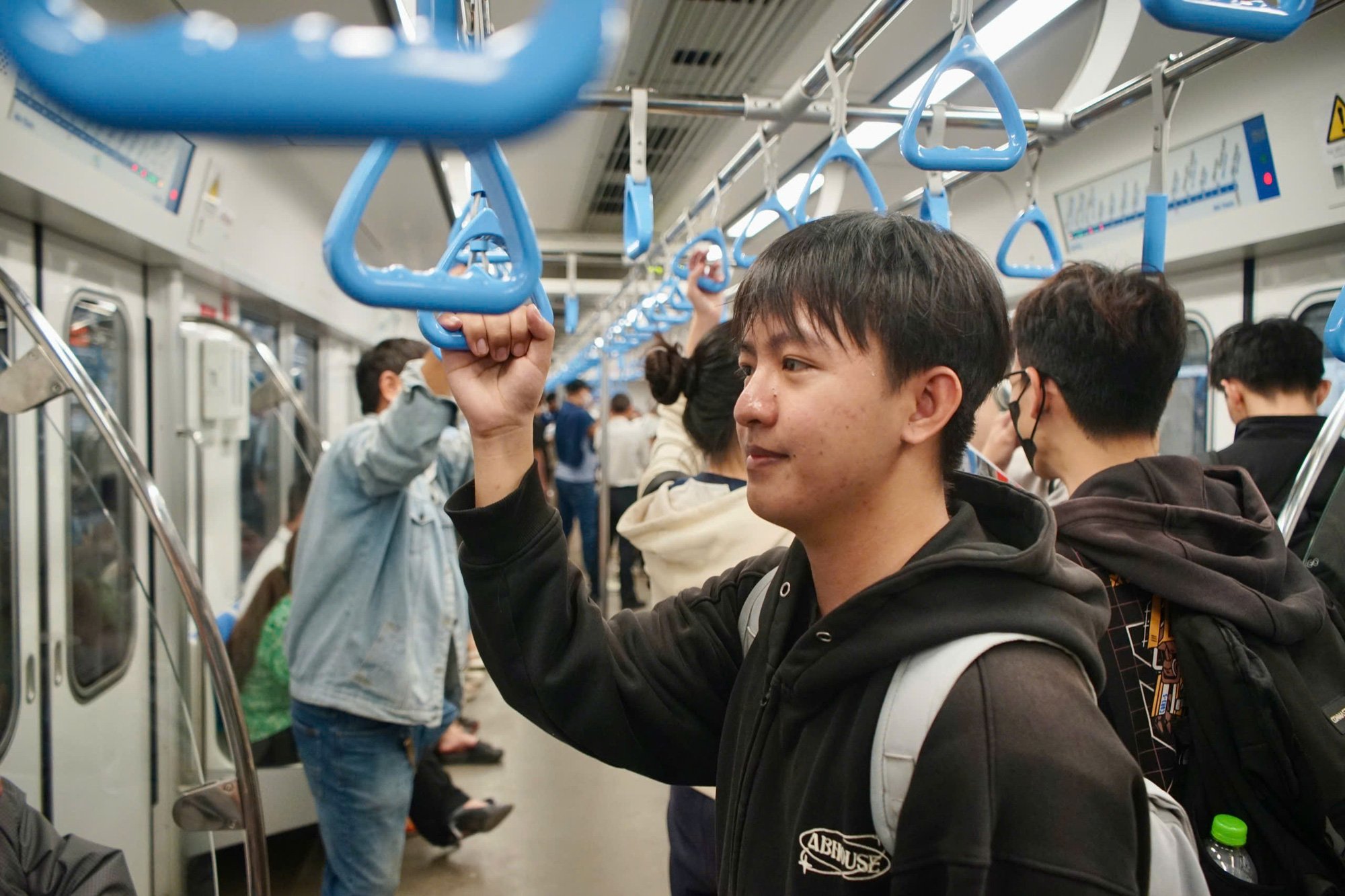
Bui Tien Khanh (4th year student of University of Science - VNU-HCM) shared: "Previously, it took me more than 1.5 hours to go to school by bus. But when I experienced going by metro, the travel time was much shorter" (photo taken on the afternoon of December 23) - Photo: BE HIEU
A new day, a new week is more exciting with traffic-free mornings and a relaxing, enjoyable journey.
Fast as... metro
The morning of December 23rd was a very special day for Quoc Nhat (29 years old, office worker, Di An City, Binh Duong ), he switched from using a motorbike to go to work to taking the metro. Nhat's house is in Di An City, bordering Thu Duc City, and he works for a company in District 1 (700m from Ben Thanh Station). For nearly ten years, five days a week, he has traveled more than 40km/day by motorbike.
"On the first morning of the week, I was excited and woke up at 5:30 to prepare to take the metro. There is a new electric bus line running across my house, so it is very convenient. Missing a bus, I decided to ride my motorbike to the National University station (opposite the gate of Suoi Tien Tourist Area). The motorbike parking fee from 6am to 6pm is only 4,000 VND.
At 6:15 I arrived at the train station, about 5 minutes later the train arrived. Maybe it was early morning and it was the second station (counting from Suoi Tien station, new Eastern bus station) so the train was still sparsely populated. I met a group of passengers from Bien Hoa ( Dong Nai ).
Everyone rode bicycles to Suoi Tien station, both for morning exercise and to experience the train ride. Two elderly people said they left Ben Thanh station at 5am, got off at Suoi Tien station (and returned) to experience the train and watch the sunrise over the city through the glass window.
19km but less than half an hour. I didn't have to strain myself with the motorbike, no dust, no fear of traffic jams. The first trip was very comfortable, the metro route was close to my home and company so it was very convenient. The train ran smoothly, I listened to music and watched the scenery along Hanoi Highway, Vo Nguyen Giap Street, Thu Duc Water Plant... from above. When passing through intersections and the Saigon River, I really enjoyed it."
Mr. Nhat expressed his wish that train stations would soon have automatic beverage kiosks. "From now on, I will go to work by metro. I have prepared an umbrella, put it in my backpack in case it rains. This morning, walking from Ben Thanh station to the company, my smart watch counted my steps, it really killed two birds with one stone. I told my colleagues: with metro line 1, my life is like turning a new page," Mr. Nhat said happily.
The way from home to school is shorter
Thanks to the metro, the commute time for many students who live far from school has also been shortened. Since the beginning of this week, Nguyen Mai Nhi (20 years old, living in Thu Duc City), a second-year student at a university in District 4, has started going to school by metro.
Nhi said her house is in Vinhomes Grand Park (Thu Duc), more than 20km from school. Before the metro, she took the connecting bus every day, and some days she went to school by ride-hailing. There were many buses, and some days she had to leave early in the morning, so Nhi woke up at 4am to get ready for school on time. This weekday morning, the metro was available, so Nhi arrived at school earlier than usual.
From the apartment, Nhi was taken by free shuttle bus to the new Eastern Bus Station. "I heard that this shuttle bus route is only free at first, then students will be charged 3,000 VND/trip. However, that price is still very reasonable.
Sitting on the train, Mai Nhi took out her book to review English vocabulary. The train soon arrived at Ben Thanh station. She leisurely admired the scenery of Ben Thanh market and watched the morning crowd. From leaving home to getting off at Ben Thanh station, it took just over 40 minutes.
Nhi then took a ride-hailing service to school for the remaining 1km. Today, the time to get to school was cut in half, thanks to metro line 1.
On the same train as Nhi, Zhang Yao Ying (18 years old, living in Tan Phu district) said she had just gone from the University of Social Sciences and Humanities in Thu Duc to Ben Thanh by metro, preparing to walk to the school's District 1 campus on Dinh Tien Hoang street (District 1).
Yao Ying said that her first metro experience was very good. Yao Ying was impressed with the station design and space on the train, the enthusiastic guidance of the metro staff and the supporting volunteers. Most of all, the route of this metro line passes through many important points, convenient for many activities.
According to Yao Ying, she often goes down to the Thu Duc campus to participate in team activities, sports, etc. Because the distance between the two campuses is quite far, nearly 20km, she often has to go by bus, which takes about 1.5 hours. Now that there is a metro, traveling between the two campuses has become much less tiring for students like Yao Ying.
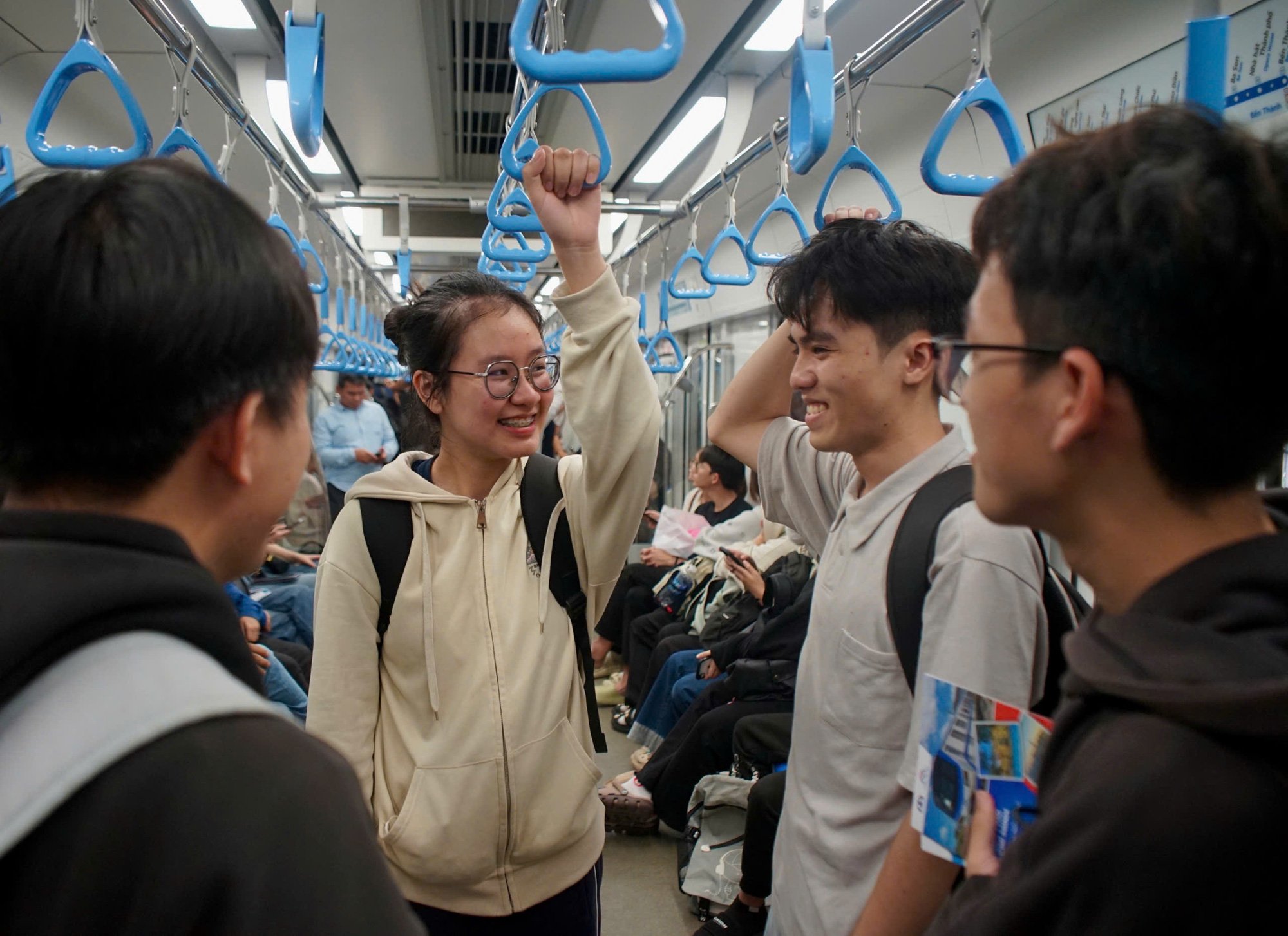
A group of 4th year students from the University of Natural Sciences - VNU-HCM experienced going to school by metro, afternoon of December 23 - Photo: BE HIEU
Want to experience the metro, don't rush!
This is a joint recommendation from the Ho Chi Minh City Urban Railway Management Board (investor) and Ho Chi Minh City Urban Railway Company No. 1 (operating unit) to the people in the first days of operation of metro No. 1. This is to help avoid overloading at stations (like the first day of operation) and to help people have the most comfortable and convenient trip.
According to the operating unit, compared to the first day of official operation, today is "easier to breathe". At the stations, especially Ben Thanh station, it is not as crowded as the first day. However, the unit still mobilizes maximum staff and volunteers to the stations to support and guide people to get acquainted with the metro. According to the metro schedule, the first time is from 5am to 10pm every day, the first trip departs at 5am, and the last trip is at 10pm.
Each train can carry up to 930 people (including 147 seats and 783 standing places). The interval between trips is 8 - 12 minutes, with a total of 200 trips per day. The speed when the train runs on the elevated track is 110km/h and 80km/h on the underground section. The travel time from Ben Thanh station to Suoi Tien station is 29 minutes... and especially the free travel period lasts up to 30 days, so people can leisurely experience it, avoiding overcrowding and jostling.
On the first day of operation of Metro Line 1 (December 22), from 10:00 to 22:00, Metro Line 1 ran 177 trains, carrying 150,000 passengers. On the second day (December 23), from 5:00 to 16:00, the train reached 124 trips with 14,000 passengers and this number will continue to increase in the evening. The number of passengers traveling on 17 electric buses connecting to the metro on the first day was nearly 6,000, on the second day (as of 17:30) was 4,000 passengers. This shows the strong support of Ho Chi Minh City residents and tourists for the city's first electric train line.
Mr. Pham Vuong Bao - Deputy Director of the Ho Chi Minh City Public Transport Management Center - said that in addition to 17 electric bus routes directly connecting metro stations to important areas, many bus routes have had their operating hours and routes adjusted to better serve people's travel needs. Bus stops near metro stations have also been upgraded, with clear signs installed to help people easily switch from metro to bus and vice versa.
Besides the bus, what other means of transport can I take to the station?
A representative of the Ho Chi Minh City Public Transport Management Center said that there are 45 public bicycle stations in District 1 located around train stations and equipped with electric bicycles to increase convenience for people.
In the area of 3 underground stations (Ben Thanh, City Theater, Ba Son), four-wheel electric vehicles will operate flexibly in terms of route and time, based on the needs of customers to reduce travel costs. Ticket prices in this area range from 5,000 - 10,000 VND/trip.
At the same time, the city's public transport system including metro line 1, buses, river buses and open-top double-decker buses has been integrated into the Gobus application, making it easy for passengers to look up information and choose convenient routes.
17 bus routes connect to the stations with 150 electric cars picking up and dropping off passengers from 5am to 10pm daily, synchronized with metro schedules and currently free of charge.
After that, one-way tickets cost from 5,000 to 7,000 VND/ticket depending on the route distance; group tickets are 75% of the one-way ticket price; tickets for students are 3,000 VND/ticket; free tickets for children, people with disabilities, and the elderly aged 70 and over.
Source: https://tuoitre.vn/di-lam-di-hoc-cung-metro-toi-da-thoat-canh-ket-xe-20241223224845474.htm








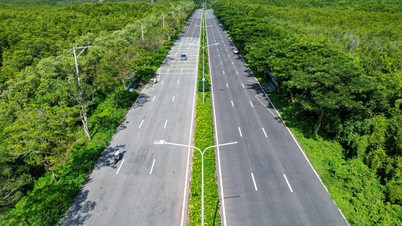

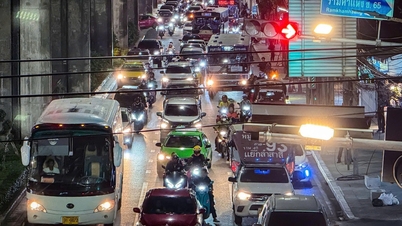



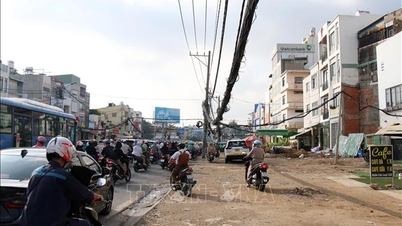

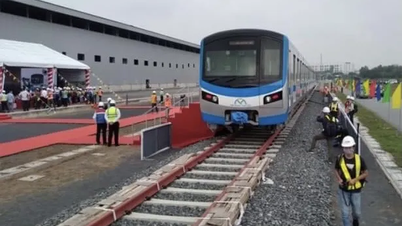

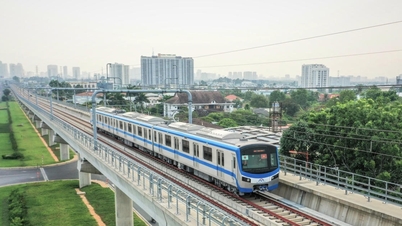

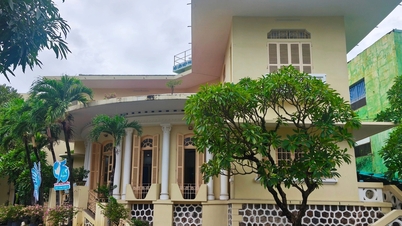





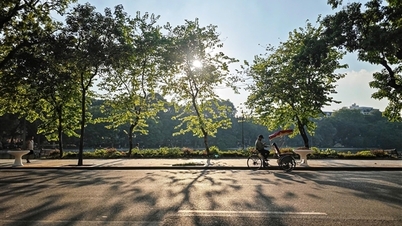
















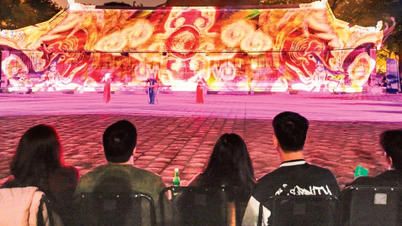


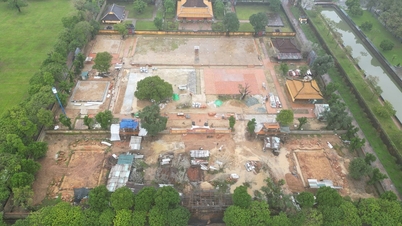




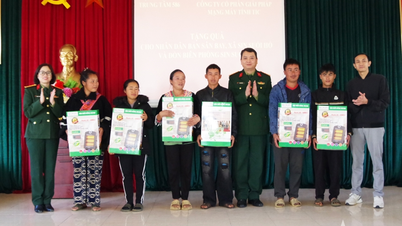










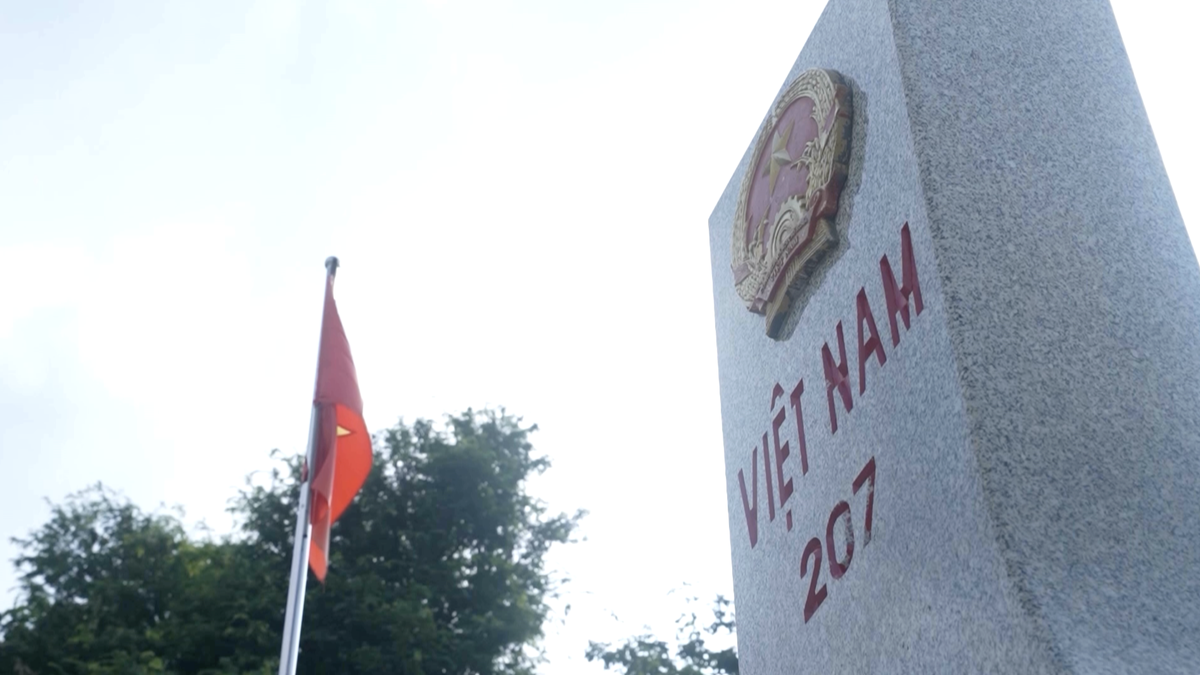








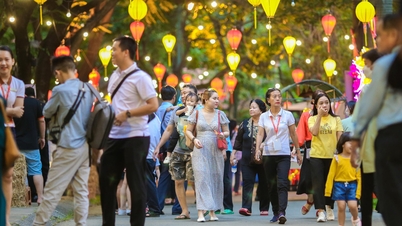



































Comment (0)